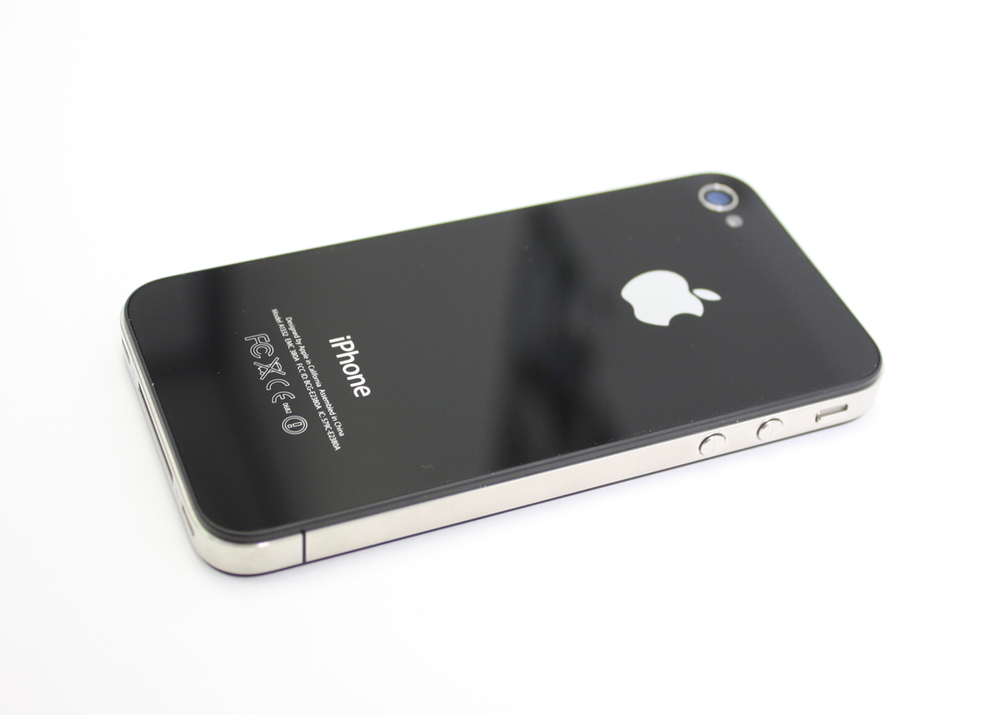What's Interesting to Different Cultures?
My Life Habits podcast series is often included in the top 10 list of most popular podcasts in the self-help category on iTunes. I'm so gratified and humbled when I see those numbers. I don't check them all that often largely because it is actually quite difficult to do but what is most interesting to me is how the popularity differs by country. As you probably know, the iTunes store is organized by country. As a result, all rankings, ratings, and comments are shown separately per country. The podcast as a whole is typically popular in Canada, the US, the UK, and Australia. Interestingly, it is also popular in countries like India, the Dominican Republic, South Africa, and Singapore. The iTunes ranking algorithm appears to run constantly and results are updated several times per day. When I've periodically looked at this, it seemed to me that the popularity ranking differred per country depending on the latest podcast episode topic.
To determine whether certain topics are of greater or lesser interest to certain countries, I had a look at one of the tables that are presented in iTunes which shows the most popular episodes in that country. Here are the results for Canada, the US, and India.
 Canada
Canada
 United States
United States
 India
India
You've probably noticed that the results are heavily weighted toward podcast episodes that have been out the longest as they've had the greatest opportunity to be downloaded. However, the differences in the topics are nonetheless interesting to examine.
I find it interesting that Canada, a country of relatively recent immigrants, finds the "dealing with a flat world" the most interesting. That episode addressed approaches to effectively and sensitively dealing with colleagues and friends of diverse cultures worldwide. Canadians are also interested in practical topics like stopping procrastination and developing effective public speaking skills, exploring sex differences, as well as broadening topics like self-actualization.
Time management is of greatest interest to Americans indicating perhaps that the challenges of balancing multiple priorities with time pressures are of particular concern to them. US listeners are also particularly interested in keeping a positive perspective on life, simplifying life, learning about becoming fit for the long term, and finding out about the various ways our mind has power over us and how we can control that power.
Effective public speaking is of greatest interest to listeners in India, a topic that was of some interest to Canadians as well. Indian listeners also shared an interest in sex differences with Canadian listeners and the topic of fitness with American listeners. Listeners in India had a unique interest in fostering creativity and further developing their capacity for forgiveness and compassion.
I find these cultural differences fascinating as I do the realization that people all over the globe actually listen to what I have to say. That's so cool! These findings also make me wonder whether there are certain topics that I haven't addressed on the podcast that may be of special interest to particular countries. If you have any such topics, please send me an email at lifehabits@gmail.com.
Cultural Influences on Design
I just returned from a two week trip to China. I was a keynote speaker, along with others like Don Norman and Bill Buxton, at the User Friendly 2010 Conference in Nanjing. The theme of this Usability Professionals Association International Conference was "Embracing Asian Culture". A number of the speakers addressed the theme by discussing the various ways they incorporated cultural differences across the globe into their product designs. My presentation also included some material on the ways we go about understanding users in various parts of the world and the ways we address any cultural differences. After the conference, I spent some time in other Chinese cities like Beijing, Shanghai, and Suzhou as well as traveling between them. I observed what people wore, what phones they used, and what was available in their stores.
Usability Professionals Association International Conference was "Embracing Asian Culture". A number of the speakers addressed the theme by discussing the various ways they incorporated cultural differences across the globe into their product designs. My presentation also included some material on the ways we go about understanding users in various parts of the world and the ways we address any cultural differences. After the conference, I spent some time in other Chinese cities like Beijing, Shanghai, and Suzhou as well as traveling between them. I observed what people wore, what phones they used, and what was available in their stores.
I used to be of the view that companies should do everything they can to understand cultural preferences and then come up with designs that incorporate these preferences. My experiences in China have led me to think that we need a hybrid approach that involves addressing cultural preferences under certain circumstances and not under other circumstance.
An observation of the mobile phones that are most desired and the clothing fashions that have the greatest influence in China suggests that traditional colors and styles don't much matter with regard to these products. Black iPhones are everywhere as are clothes fashions that originate in Italy. However, store displays and their electronic equivalents exhibit what to Western eyes looks to be overwhelming and chaotic arrangements of products. The results of a fascinating research study that was presented at the conference may provide some insights into why this aspect of design may have a deep-seated basis in culture. The study by Takahiko Masuda et al., (2008) entitled, "Placing a Face in Context: Cultural Differences in the Perception of Facial Emotion" showed different groups the same two sketches of five students with one in the center who's facial expression didn't change but the other four students' expressions where happy in one and sad in the other version of the sketch. When the sketches were shown to North American subjects and asked to say whether the main character was happy or sad in each, the typical response was that there was no difference in the two sketches. Asian subjects, on the other hand, tended to respond that the main character was happy or sad when the others in the sketch were depicted as having these emotions. When I first saw the two pictures I laughed to myself thinking that the pictures were identical. I'm a typical Westerner in this regard. This
greatest influence in China suggests that traditional colors and styles don't much matter with regard to these products. Black iPhones are everywhere as are clothes fashions that originate in Italy. However, store displays and their electronic equivalents exhibit what to Western eyes looks to be overwhelming and chaotic arrangements of products. The results of a fascinating research study that was presented at the conference may provide some insights into why this aspect of design may have a deep-seated basis in culture. The study by Takahiko Masuda et al., (2008) entitled, "Placing a Face in Context: Cultural Differences in the Perception of Facial Emotion" showed different groups the same two sketches of five students with one in the center who's facial expression didn't change but the other four students' expressions where happy in one and sad in the other version of the sketch. When the sketches were shown to North American subjects and asked to say whether the main character was happy or sad in each, the typical response was that there was no difference in the two sketches. Asian subjects, on the other hand, tended to respond that the main character was happy or sad when the others in the sketch were depicted as having these emotions. When I first saw the two pictures I laughed to myself thinking that the pictures were identical. I'm a typical Westerner in this regard. This study illustrates the Asian subjects responded based on their perception of the entire sketch involving all the people in it whereas the Western subjects responded based on a single individual and ignored the rest of the sketch and the people in it. There appears to be a difference in the individual versus group dimension but also in the figure versus ground one. As I traveled China, I saw more and more examples of both of these dimensions at work and was more and more convinced of their centrality and their importance to design.
study illustrates the Asian subjects responded based on their perception of the entire sketch involving all the people in it whereas the Western subjects responded based on a single individual and ignored the rest of the sketch and the people in it. There appears to be a difference in the individual versus group dimension but also in the figure versus ground one. As I traveled China, I saw more and more examples of both of these dimensions at work and was more and more convinced of their centrality and their importance to design.
I consider this only the beginning of a quest to understand the meaningful differences between the cultures with regard to design but I do think it points our future work in interesting directions.
Reference:
Masuda, Takahiko; Ellsworth, Phoebe C.; Mesquita, Batja; Leu, Janxin; Tanida, Shigehito; Van de Veerdonk, Ellen; Placing the face in context: Cultural differences in the perception of facial emotion; Journal of Personality and Social Psychology; mars 2008; vol 94(3) 365-381.
